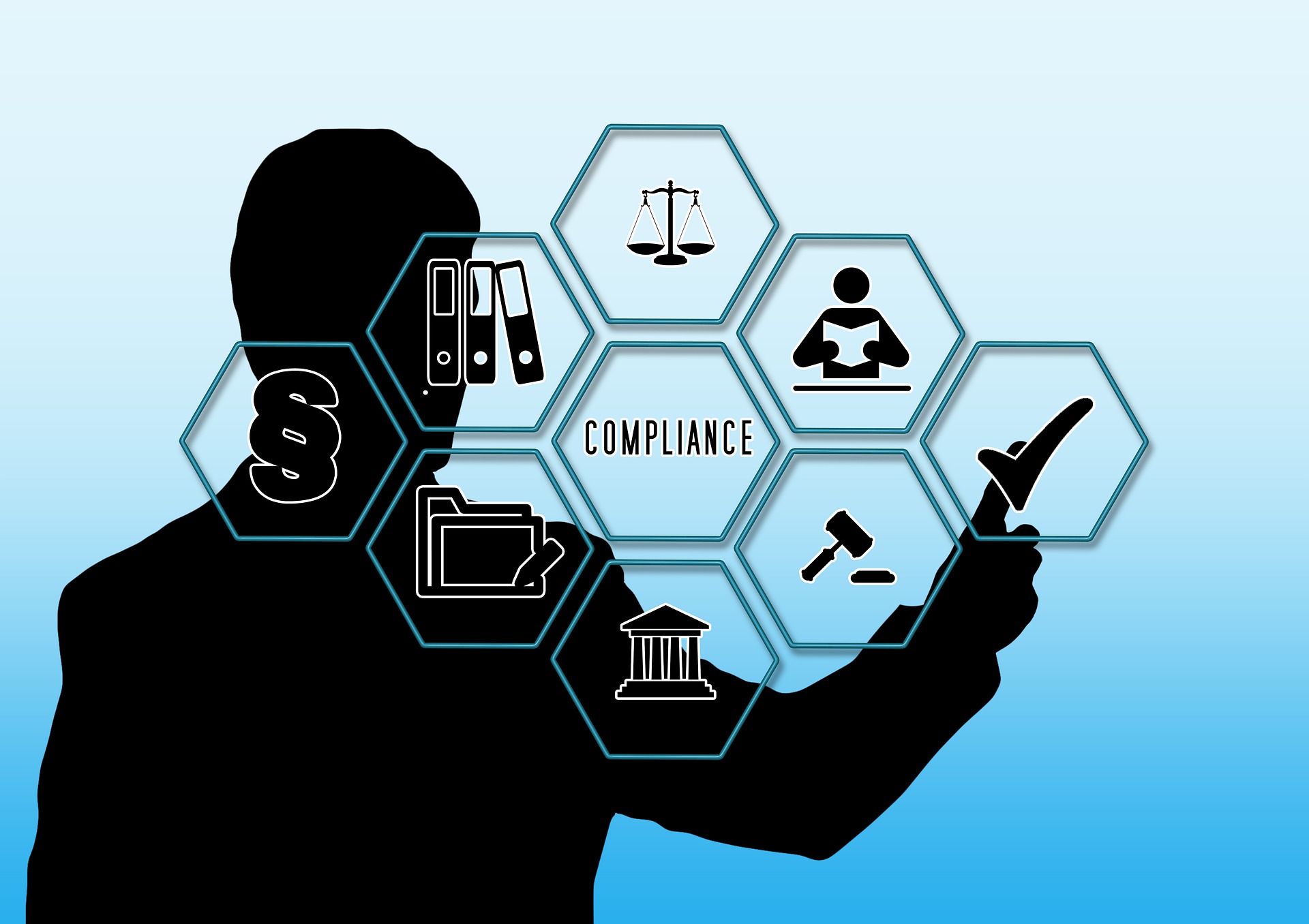5 Key Elements of a Data Governance Framework

5 Key Elements of a Data Governance Framework
By Shauna Frenté on
Like so many roles and operations that have emerged in the digital age, Data Governance is often misunderstood – confused with Data Management or seen as an extension of IT. How to communicate the role of Data Governance and ensure it is successfully implemented? At DATAVERSITY’s 2022 Enterprise Data Governance Online event, data practitioner John Ladley shared five elements that should be part of every Data Governance framework.
Defining the Terrain
First and foremost, you must clarify the roles and responsibilities of Data Governance and prevent other Data Management activities from bleeding into its domain. Data Governance is fundamentally a function of “oversight and control,” said Ladley, though some people may recoil at the word “governance” and associate it with being told what to do.
An even bigger roadblock to good Data Governance, however, is ensuring the clear separation of duties that is found in most other organizational structures – yet often remains elusive within data culture.
“Any complicated system has checks and balances in this world,” noted Ladley, “until we get into our complicated data landscapes, and then the wheels wobble and everything goes pear-shaped.”
In many cases, Data Governance specialists are expected to fix the nuts and bolts of operational problems and may become bogged down in their execution. Instead, effective Data Governance should identify problems and allocate their solutions to the appropriate area of the business, so that the right people get the right things done. While the Data Governance team should task itself with defining these “right things,” it must fall to other departments to carry them out.
Aligning Data Governance with Data Strategy
Because Data Governance is concerned with implementing long-term changes, it’s essential to align the Data Governance framework with a company’s overall Data Strategy. The challenge? While most organizations employ some form of strategy, it may not be obvious, or in some cases, leadership may even intentionally withhold it. Regardless of the reason, if your company’s strategy is not readily available, you can consult current business records or publications like the Wall Street Journal to look for comparable industry norms and practices and gauge where your business is trying to head. These strategic intentions are what Ladley calls business capabilities.
By first defining business activities and initiatives, the Data Governance team can then derive the organization’s data capabilities and ensure that all data-related activities being taken will benefit the business rather than be the result of someone “giving you an order.” In short, don’t build a business glossary just because there’s a mandate for a business glossary, advised Ladley:
“Otherwise, you will be an order taker; you will have someone tell you, ‘Just give me the car keys – I’m driving this bus.’ Successful Data Governance efforts do things for the organization that you can measure.”
Done successfully, Data Governance can help organizations:
- Maintain good Data Quality
- Comply with the latest data regulations
- Ensure data privacy and security
- Make better use of data for more informed decision-making
Taking a Thoughtful Approach to Your Organization’s Needs
A common misconception about Data Governance is that it is a one-and-done, top-down effort. Instead, Ladley recommends implementing governance gradually, expecting that a Data Governance framework must evolve as new data regulations are introduced and as the organization’s own goals and capabilities change. What’s more, the “level” of Data Governance will look different for different organizations.
The most basic level of Data Governance involves identifying what needs to be fixed – and determining where to start the process of making things right. Broadening the scope of analysis a little further, the governance team can begin the process of what Ladley calls “formalizing the informal,” or identifying latent data assets within the company and demonstrating that these assets could add value over time.
When governance is scaled even more broadly, using reference data to support analytics, master data management will come into play. The next tier of problem-solving widens to include the more explicitly data-driven structures such as data hubs and data architectures. Finally, the most macro-scaled implementations of governance come in the form of external regulations, such as the General Data Protection Regulation (GDPR), which necessarily engage all aspects of the organization.
While evaluating an organization’s needs, it may not be necessary to start off small, but it’s crucial to always think incrementally. As the process edges from the more locally defined “small g” governance towards the more broadly organizational “big G” models, the nature of the models will also evolve.
At the most local level of governance, models tend to be reactive – that is, they respond to existing problems. Once governance steps into the initial phases of advanced implementation, governance shifts to be more proactive in oversight, as the day-to-day realities of the organization become baked into the paradigm. When a Data Governance program grows to full alignment with the strategy of the company, “it disappears,” said Ladley. “It becomes part of the fabric of the organization.”
Emphasizing the Role of Data Literacy in Data Governance
The concept of Data Literacy refers to the ability to read, comprehend, interpret, and communicate with data, but being “data-literate” can mean different things to different people. For Ladley, the domain of literacy is defined by a few guiding questions: Do you know how data is managed and used along the entire supply chain? Do you understand the best ways to analyze the data, as well as the ramifications and risks of using the data?
While the CEO and the executive board don’t need to be adept in executing metadata operations, they need to understand that data is never a fully local entity but is processed through a supply chain. The more data-oriented a business is, the more intimate top management will need to be with that chain.
“No one is excused from Data Literacy,” said Ladley, “but it has to start with leadership. A board that is overseeing an automobile manufacturer is rarely going to hire a CEO who knows nothing about automobiles.”
Ironically, Ladley posited that some of the biggest culprits of data illiteracy in the domain of governance are IT workers, even though they work with data every day. Indeed, development operations are sometimes obstacles to governance, even if they are crucial to data production. But Ladley sees data illiteracy as a function of corporate culture rather than any misunderstanding of roles and responsibilities: “The root cause of illiteracy is people just don’t seem to care. They don’t want to engage with this, but it really, really is important.”
Recognizing New Capabilities
In the course of becoming a truly data-driven organization, it’s likely that novel business capabilities will emerge. For Data Governance, the trick is to recognize which are truly new – and which are merely old assets in new clothes. For example, monetizing data, entering into data agreements across the supply chain, or AI are all initiatives that create new capabilities and demands, not merely IT projects. However, innovations in data don’t require a different order of implementation or management than in the days of pre-digital operations.






